The bass tuba is a large brass instrument that produces the lowest tones in the brass family. Known for its deep, resonant, and powerful sound, the bass tuba serves as the foundation of harmony in orchestras, brass bands, and concert bands.
Key Features:
- Size and Design:
- The bass tuba has a wide conical bore and a large, flared bell, contributing to its rich tone.
- It is available in various sizes and keys, most commonly in F, E♭, CC, or BB♭.
- Valves:
- Equipped with three to six valves, which are used to alter the pitch by changing the length of the air column.
- Range:
- The bass tuba can play notes lower than most other brass instruments, reaching the sub-bass register.
- Playing Technique:
- Players produce sound by vibrating their lips on a large mouthpiece and controlling airflow.
- Skilled use of valves and embouchure (lip positioning) allows for dynamic and tonal versatility.
Role in Music:
- In orchestras, it anchors the brass and woodwind sections, often playing low, sustained notes or intricate bass lines.
- In brass bands, it provides rhythmic and harmonic support.
- It is also a solo instrument, showcasing its lyrical and technical capabilities.
The bass tuba’s majestic and commanding presence makes it indispensable in both classical and modern music ensembles.


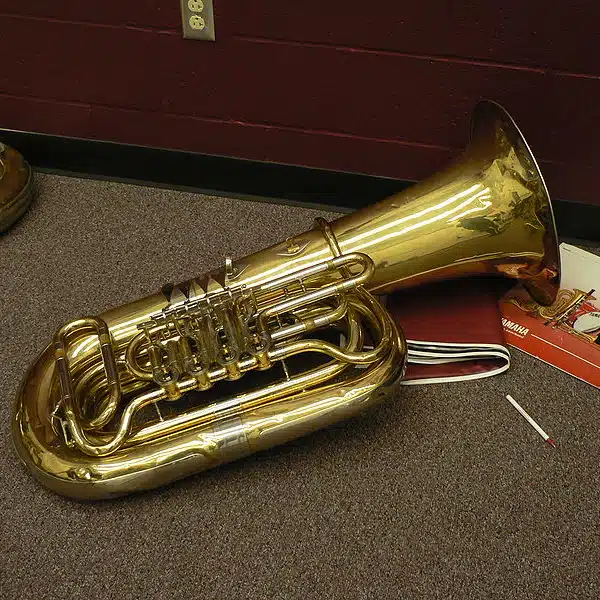
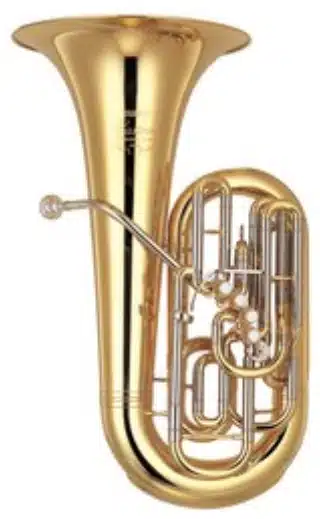
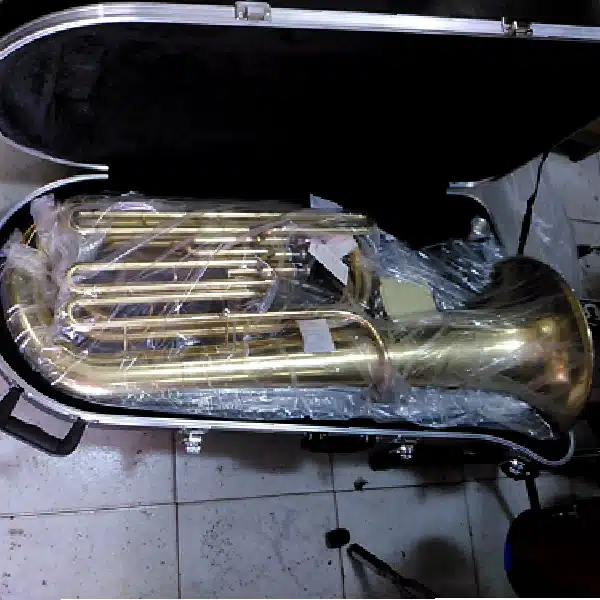
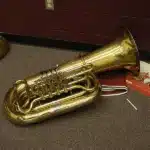
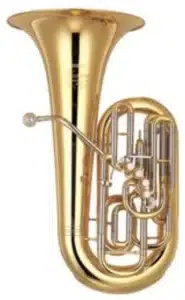
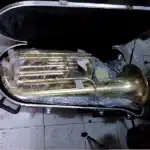
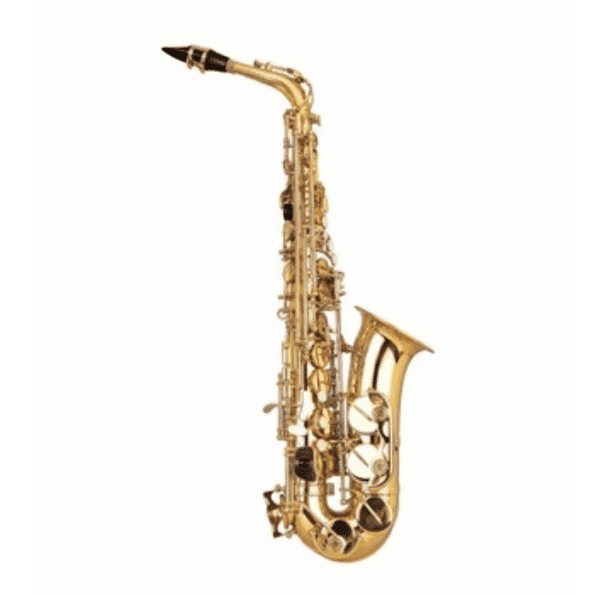
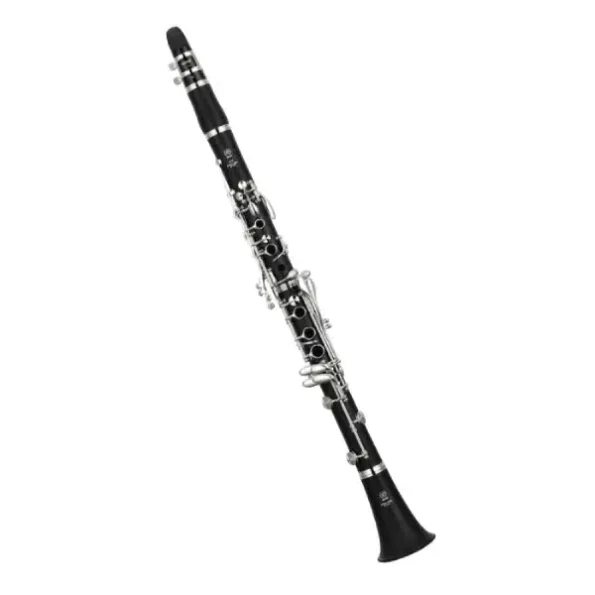
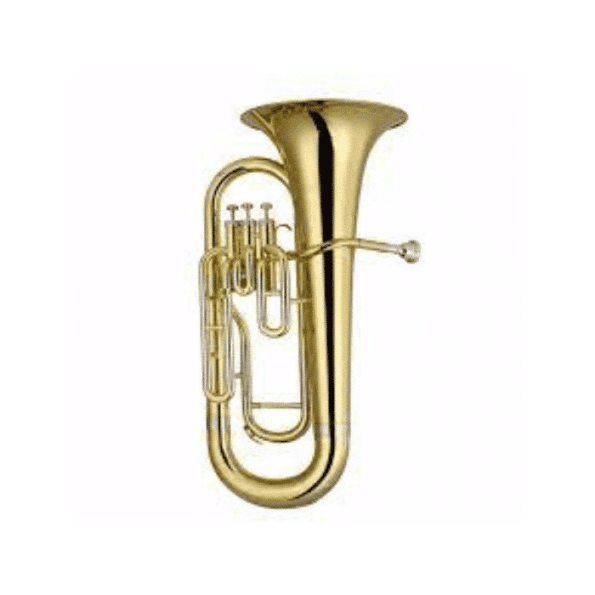
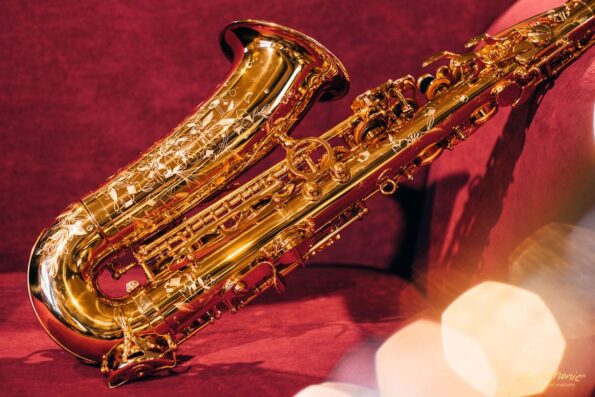
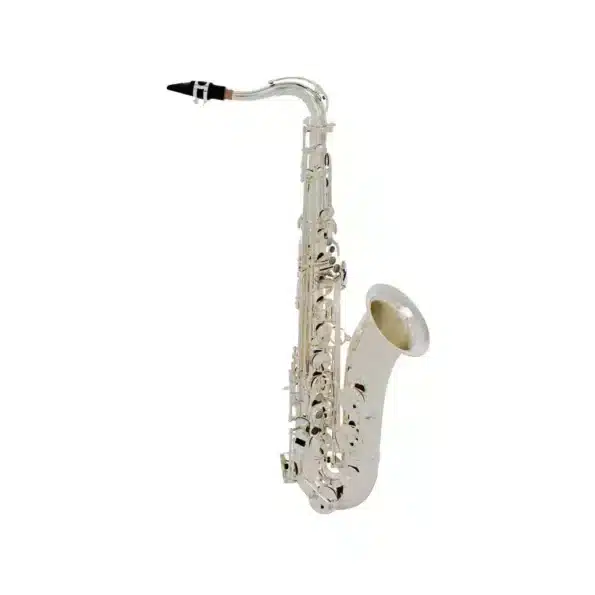
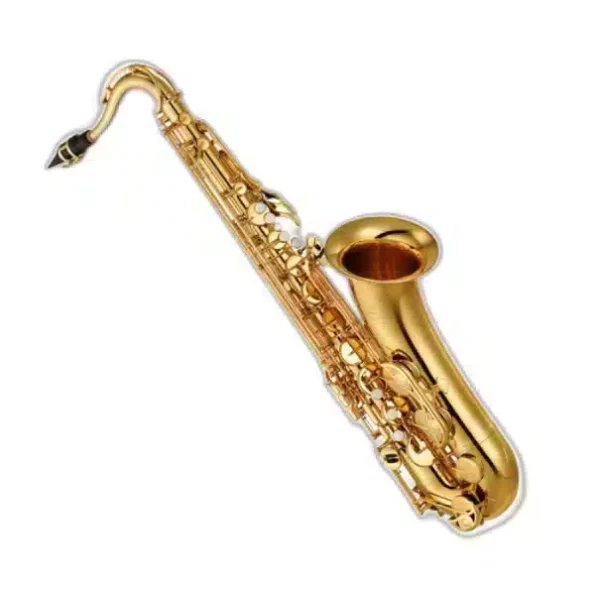
Reviews
Clear filtersThere are no reviews yet.